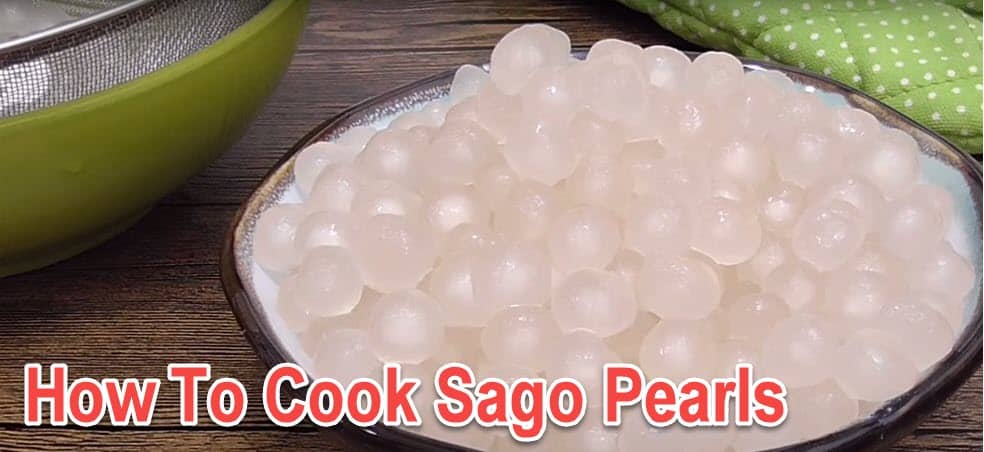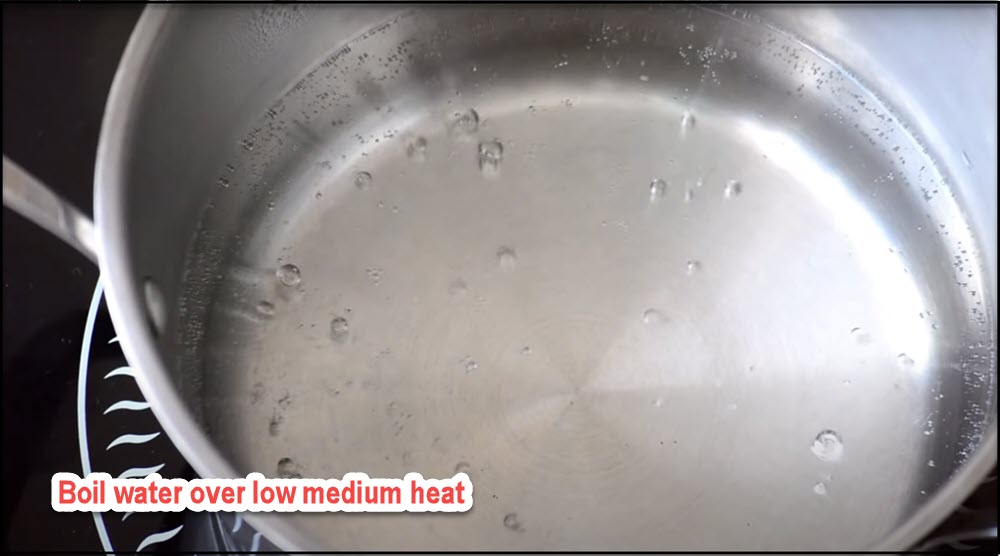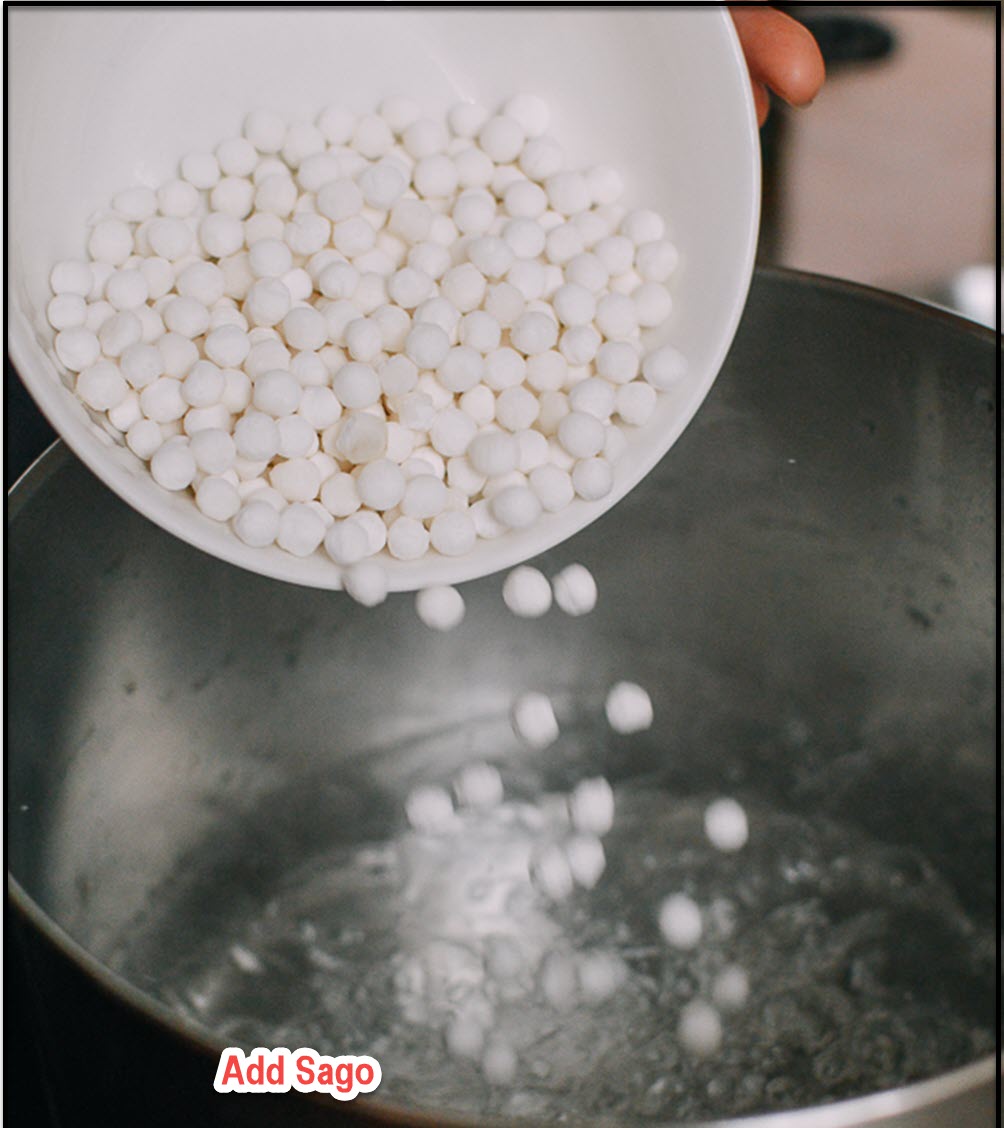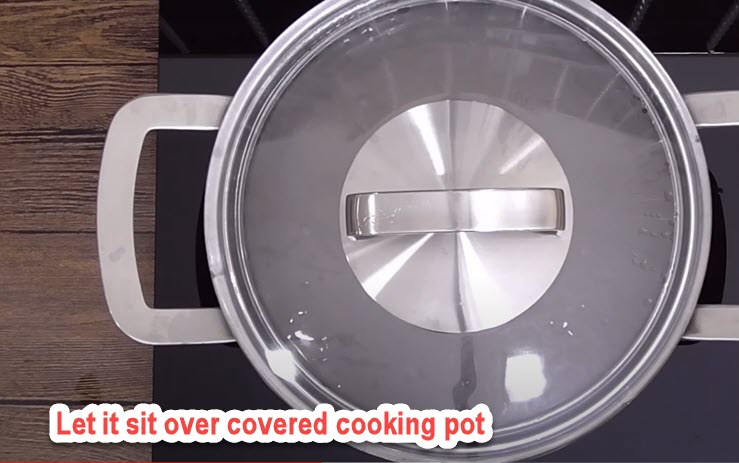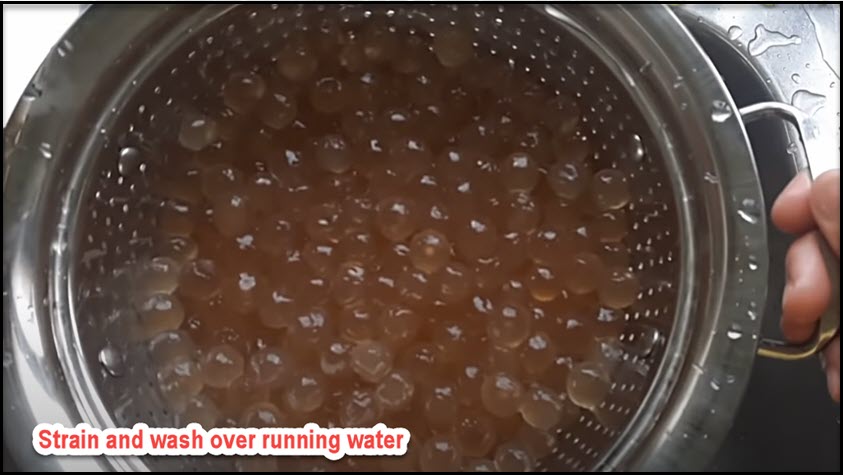S a g o, is a type of starch that are extracted from tropical palms such as Metroxylon sagu, atrue sago palm. The palm tree is a native to most tropical southeast Asian countries. Sago palms are the most well known and used more often type of cycads. If you’re wondering how Sago is extracted. The pith is extracted by cutting from the roots, steam as well the seeds of the cycads (seed plants).
Sago can be acquired in two forms in a flour or pearls. The main difference between the two is that the flour is purely starch while the pearls are neither small nor big in size that are made by combining water and the starch and heating it.
DIFFERENCE BETWEEN SAGO PEARLS AND TAPIOCA PEARLS
How pearls are acquired:
These two may appear alike, but both are acquired quite differently. As mentioned, Sago is made and extracted from pith of the sago palms. Tapioca Pearl on the other hand comes from Cassava, a long root crop of a vegetable. Other than that, both are similar and acts the same. In terms of their sizes, you cannot easily tell the difference between these two.
Since Sago and pearl tapioca are both sold in different sizes, colors and flavor, the only way to know for sure if you’re either buying a tapioca pearls or a sago is to check the ingredients at the back of the packaging of the item.
Color and Flavor:
In terms of color and flavor, Sago Pearls are usually white while Tapioca Pearls have a wide variety of colors. Though the colors are just artificial and does not really relate to its flavor per se. You can opt to go for white Tapioca Pearls if its colors are somewhat looks weird for you.
Uses:
Sago Pearls are used mostly in dishes that are sweet and savory while Tapioca Pearls is popularly used for bubble teas and pudding.
Cook Sago and Tapioca Pearls:
Sago and Tapioca can be cook the same way, using the same principle. Both can be cook by simply adding to the boil water and allowing it to become more translucent. One thing to keep in mind when you cook sago is that do not soak sago on a cold water before you boil it
Some of the Delicious things you can make use of Cooked Sago Pearls:
- Sago At Gulaman: In the Philippines, Sago at Gulaman refers to a Filipino beverage that is sweet and chilled. It usually includes a jelly like ingredient. They usually comes in a wide range of flavors that are commonly sold as refreshments in the streets. It consists of gulaman cubes, sago and syrup, and of course lots and lots of ice, either crushed or block ice.
- Ginumis: This is a traditional dessert in the Philippines that is more like the same as the popular refreshment Halo Halo. But with Ginumis, it is made up of gulaman cubes, sago , pinipig, coconut milk and crushed or shaved ice.
- Ginataang Bilo Bilo: they call it Tangyuan in Chinese, but in the Philippines we call it Bilo-Bilo. It is made up of palm fuits, banana, rice balls that is made from rice flour and cold water, jackfruit, and sago that are stewed in coconut milk.
- Buko Salad Drink: A popular drink in the Philippines that is made from coconut (preferably young coconut), sago , palm fruits, and gelatin. It is actually considered to be one the best refreshments during hot season.
Here’s how to cook Sago Pearls:
Sago Pearls is considered to be the most popular ingredients to desserts and refreshments here and abroad. Although cooking it may seemed easy, the proper way to cook Sago it is still an important factor to consider.
Despite its small size, preparing it can take a while that is why if are planning to add Sago Pearls to your dish, you have to make sure to prepare it beforehand. Some say that a total time of at least 60 minutes is required to cook sago and prepare it, but the finished product will not be considered as yet to be the best because most likely some of its components will still be left uncooked.
In my own personal experience, whenever I am planning to add Sago pearl to my list of ingredients I usually prepare and cook sago the day before. To make sure that I am using the best sago pearls. This means, cook sago for an hour will completely cook the sago however its core will still be thick. What I usually do is that after I boil and cook it for an hour, I usually let it stay in the covered cooking pot for at least 180 minutes or 3 hours to 360 minutes or 6 hours, of course the fire is already turned off, thereby allowing it to absorb water for a more crystalline Sago Pearls that are soft and chewy in texture.
Cook Sago Pearls:
Ingredients:
- 1 cup uncooked Sago or Tapioca pearls
- 6 cups of water
Time Needed : 60 minutes
How to cook Sago Pearls is pretty simple, as simple as just you boil it. So today, I am going to teach you how to make it. A simple and straight forward steps on how to do it.
Prep time: 10 minutes
Cooking time: 50 minutes
Bring water to boil
In a regular size pot, bring water to boil over medium heat.

Add Sago or Tapioca pearls
Add Sago or Tapioca pearls to the boiling water. Gently stir to mix Sago or Tapioca pearls and water. Boil and Cook sago for 50 minutes while stirring every 10 minutes.If more water is needed or if water has evaporated, you can add another cold water to the cooking pot.

Turn of heat.
Allow the cooked pearls to remain in the cooking pot while at the same time covering it. Some of the pearls are never cooked all at the same time, stirring continuously to evenly distribute the heat and to prevent overcooking. Wait for at least 180 minutes (3 hours or more) or until it reaches room temperature.

Rinse the cooked pearls over cold water.
Finally, rinse the cooked pearls over cold water. Then, remove excess water using a strainer. Add to recipe then serve.

Cooked Pearls Storage:
If at some point you we’re not able to measure correctly the amount of cooked sago or tapioca pearls needed for your dish and there’s some left overs, you can store them in a Tupperware and place in the refrigerator ,not in the freezer. Ideally, these cooked sago should be consumed within the next 8-10 hours.
Try this Recipe and let me know what you think. If you have other versions, let us know so that we can also share it here.
Interested in other recipe? Feel free to comment name below. Also, let me know your experience along the way. I look forward to hearing from you.

